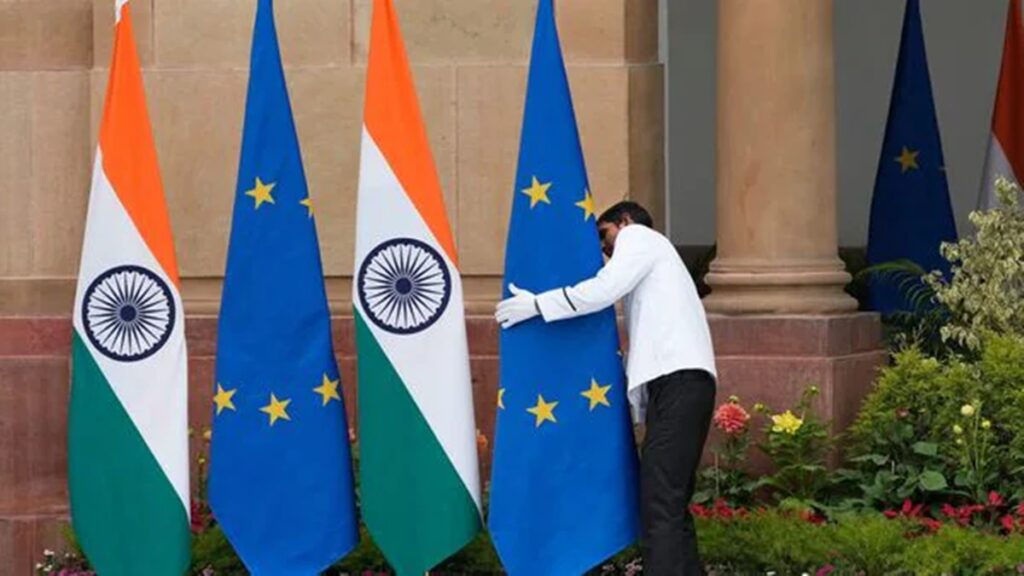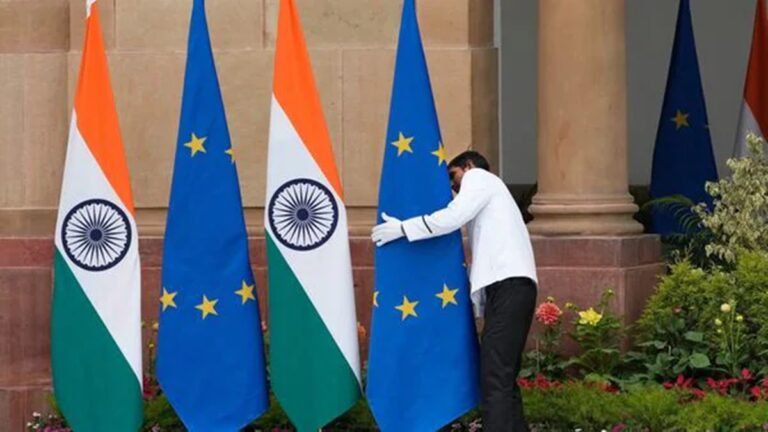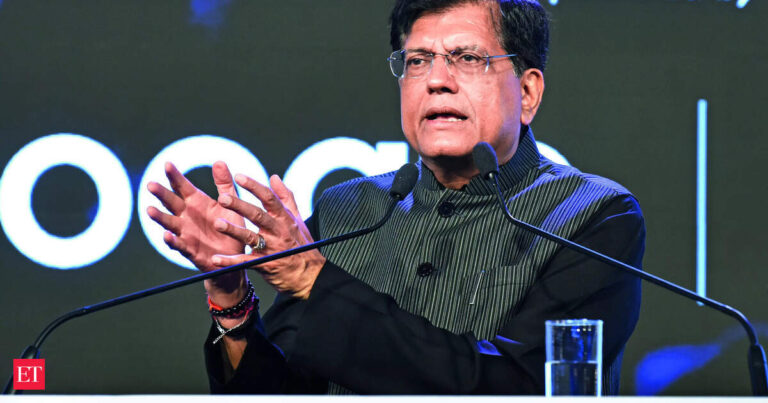
Faced with the deadline for 2025 to conclude negotiations on the free trade agreement (ALE), India and the European Union (EU) now plan to complete the task in phases so that companies on both sides can benefit from increased market. This could mean faster liberalization of the trade in goods by reducing prices and the relaxation of non -tariff obstacles. The resolution of thorny issues of the services trade as well as competition, government purchases, labor standards and investments could be explored later.
This decision is following the uncertainty of global trade due to the tariff war launched by the United States.
“The conclusion of the Indian Ale-EU in phases is under discussion between the two parties. Each option is explored given the deadline,” said a senior official.
Negotiations in the tranches will allow faster implementation of trade liberalization in the fields where there are the slightest differences. In the following phases, more controversial problems would be discussed.
A similar approach was adopted with regard to the Indian-Australia pact earlier when the two parties quickly concluded a cooperation and economic trade agreement (ECTA) in 2022. Now, negotiations are underway to convert it into a larger trade agreement and sign the complete economic cooperation agreement (CECA). With the United States too, discussions are currently taking place for the first bilateral trade agreement (BTA).
India and the EU began negotiations on the ALE in June 2022. The FTA has 23 chapters or political areas. The key chapters dealing with basic commercial problems are trade in goods and services, rules of origin, customs, technical obstacles to trade, commercial appeals and dispute regulations.
The agreement must also cover areas such as government supply, intellectual property, competition, mergers control and subsidies, transparency and good regulatory practices and sustainable food systems that can be taken up later.
The momentum of negotiations resumed after the visit of the president of the European Commission Ursula von der Leyen with the college of EU commissioners in New Delhi in February. The 2025 deadline for the conclusion of the ALE was set after discussions between the main leaders of both parties during this visit.
After the visit of India and the EU, concluded the 10th round of negotiations in March in Brussels and the 11th round was expected at the beginning of Delhi.
In the 10th round for the first time, sessions session took place by examining specific industries such as cars and medical devices. Problems concerning prices and rules of origin in the industry sectors have also been discussed.
The official also said that the FTA signed with the European Free Trade Association in March of last year should become operational soon. The national parliaments of the four members of the EFTA – Iceland, Liechtenstein, Norway and Switzerland – have ratified it. Now, the pact awaits the referendum in the Swiss cantons (equivalent to the States in India) before being implemented.
“While the EU seeks to eliminate prices on more than 95% of its exports, India can be willing to open at least 90% of its market,” according to a GTRI report. The EU India request key in its negotiations is zero prices on exports with a high intensity of workforce and access to the group’s services of the group of 27 members.
“Currently, India’s textile exports to EU prices are faced with a range of 12 to 16%, which makes Indian products less competitive compared to country exports such as Bangladesh and Vietnam, which benefit from preferential access to the market within the framework of EU trade agreements. If the agreement takes place, it could give a significant thumbsd in the textile industry India, “said Ajay Srivastava de Gtri.
The EU pushes India to reduce prices on cheese and skimmed powdered milk, which India is currently protecting high tasks to protect its domestic dairy industry. Indian officials say they wouldn’t want to provide concessions in dairy products in one of the FTAs.
European winegrowers are pushing better access to the Indian market, where imported wines are currently faced at a rate of 150%. The EU wants India to considerably eliminate or reduces these tasks to 30 to 40%. India may like to match what it has offered to Australia under ECTA, where Australian wines have been reduced to 50% in 10 years, Gri said.
European car manufacturers want India to reduce import duties to fully built vehicles (CBU) to 10-20%, down compared to current 70%. The EU already exports more than $ 2 billion in automobiles and automotive parts to India each year, most of them arriving in a completely abduction (CKD), which faces a price of 15% when assembled locally.




